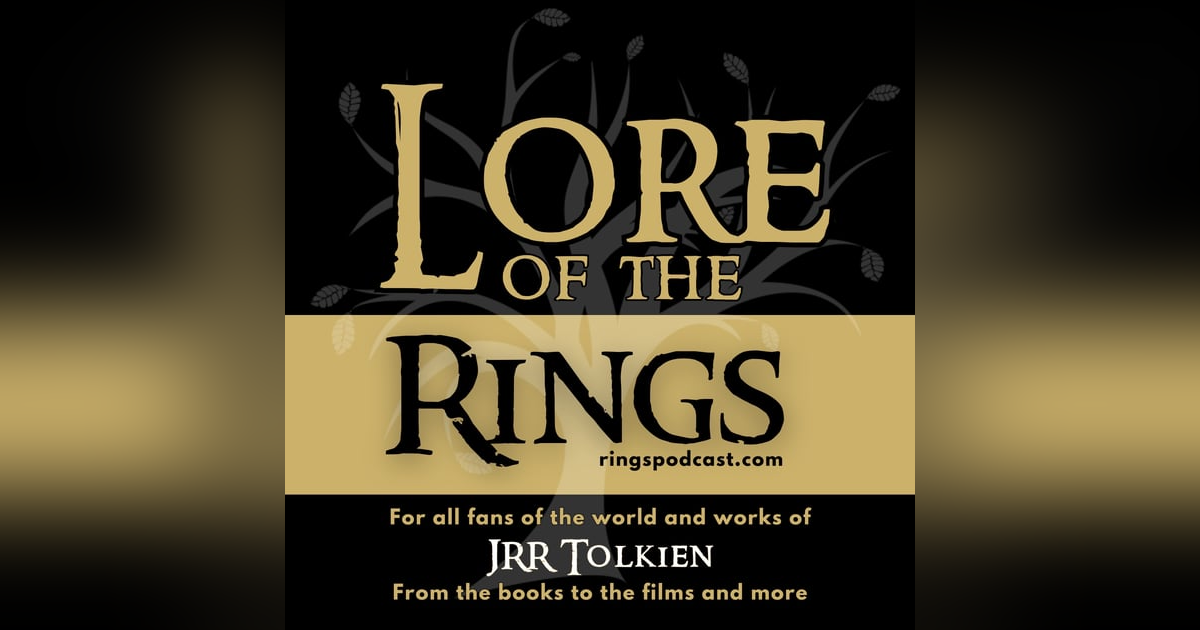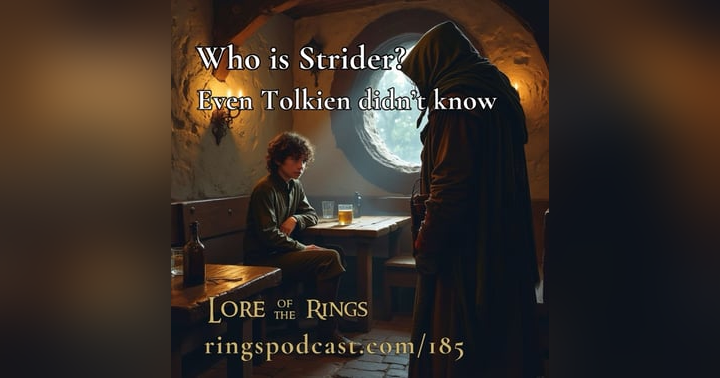Unraveling the Mystery of Tolkien's Barrow-wights

Tolkien's Middle-earth is a world rich with history, lore, and fascinating creatures. Among the most intriguing are the Barrow-wights, malevolent spirits that inhabit the ancient burial mounds known as the Barrow-downs. In this blog post, we'll explore the origins of the Barrow-wights, their connection to Angmar, and how courage and friendship shine through even in the darkest of places.
"Here! . . . I am waiting for you!"
—Wight in JRR Tolkien's Fellowship of the Ring, chapter 8, Fog on the Barrow-Downs
This post is adapted from episode #165 of Lore of the Rings. Listen to the full episode here.
This post contains affiliate links, from which if you purchase, I may receive a small commission. Thank you for supporting the Lore of the Rings Podcast!
What Are Barrow-wights?
A "wight" is a term found in many European folklores, typically referring to reanimated corpses or ghostly figures. In The Lord of the Rings, these wights are particularly evil. As detailed in Appendix A, during the Third Age, a plague decimated the Dunedain of Cardolan, and "evil Spirits out of Angmar and Rhudaur entered into the deserted mounds and dwelt there." These spirits, hailing from the sinister kingdom of Angmar ruled by the Witch-King, were not the ghosts of those buried in the mounds but were malevolent entities that came to inhabit the burial sites.
The Chilling Encounter
One of the most chilling scenes in "The Fellowship of the Ring" is when Frodo and his friends are captured by a Barrow-wight. This encounter is deeply unsettling, as Frodo awakens in complete darkness, surrounded by an atmosphere of dread. The fear is palpable as he sees his friends clad in white with swords laid across their necks, prepared as human sacrifices.
However, amidst this darkness, Frodo finds a spark of courage. Tolkien writes, "There is a seed of courage hidden (often deeply, it is true) in the heart of the fattest and most timid hobbit, waiting for some final and desperate danger to make it grow." This courage begins to manifest as a physical light, illuminating the darkness and giving Frodo the strength to face the Barrow-wight.
A Deeper Connection to Middle-earth's History
The burial mounds of the Barrow-downs date back to before the First Age, long before the first tribes of Men wandered west and met the Elves. One significant tomb is that of the last prince of Cardolan, who fell in the war of 1409. Cardolan was one of the three kingdoms formed after the collapse of Arnor, the northern sister kingdom to Gondor, founded by Elendil.
Interestingly, Merry, one of the hobbits, experiences a melding of memories with the prince buried in the barrow. He recalls the men of Carn Dûm, a chief city in the Witch-King's kingdom of Angmar, attacking at night. This connection deepens the personal stakes for Merry and hints at the long-standing enmity between the Dunedain and the forces of Angmar.
Tom Bombadil to the Rescue
Just when all seems lost, Frodo remembers a song taught by Tom Bombadil, a mysterious and powerful figure in Middle-earth. He sings, "Come, Tom Bombadil, for our need is near us!" Tom arrives quickly, bringing real light into the darkness and banishing the Barrow-wight with his powerful songs.
This is the second time Tom saves Frodo and his friends, the first being from Old Man Willow in the Old Forest. Tom's mastery over the natural world, his ability to exorcise the wight and collapse the burial chamber, underscores his importance in the story, even if he doesn't fully understand Frodo's quest.
The Power of Courage and Friendship
As Frodo confronts the Barrow-wight, he battles not only the external threat but also the internal temptation of the One Ring. The Ring pulls at him, making him selfish and focused on his own survival. Yet, Frodo's love for his friends and the courage awakened within him prevails. He severs the wight's groping arm, showing that even in the darkest moments, light and courage can triumph.
If you're intrigued by these themes and want to delve deeper into the rich history of Middle-earth, consider exploring The Lord of the Rings. The intricate world-building and timeless themes of friendship, courage, and resilience make it a must-read.
Conclusion
The Barrow-wights of Middle-earth represent more than just a spooky encounter; they tie into the broader history and themes of Tolkien's world. Through Frodo's courage and the help of friends like Tom Bombadil, we see how light can pierce even the darkest of shadows. Whether you're a longtime fan or new to Tolkien's works, the tale of the Barrow-wights offers a compelling glimpse into the depths of Middle-earth's lore.
This post is adapted from episode #165 of Lore of the Rings. Listen to the full episode here.
Lore of the Rings is not affiliated with the Tolkien estate or Embracer Group. Any reference to trademarks or registered trademarks is solely for descriptive purposes and does not imply any association with the trademark owner.













